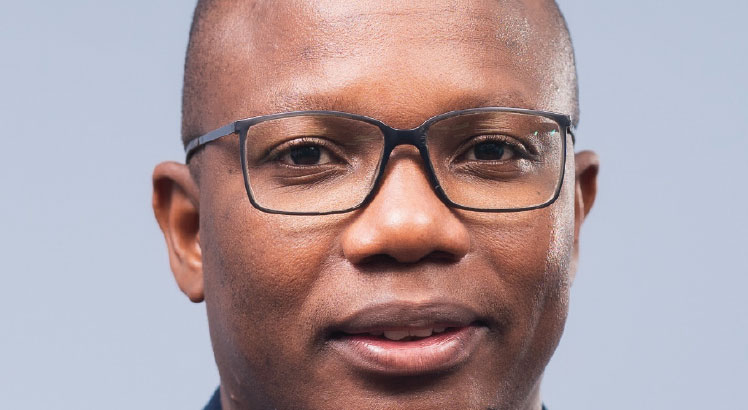How the past can be progressive
Martin Luther King Jnr in I have a Dream speech said “I say to you today, my friends, even though we face the difficulties of today and tomorrow, I still have a dream. It is a dream deeply rooted in the American Dream. I have a dream that one day this nation will rise up and live out the true meaning of its creed”
While I am not going to to explore what legacy issues King is referring to, what we can take from his speech is that he understood that we need to look to the future and stop blaming history in order to make changes.
On October 14 1968, Jim Hines ran 9.95 seconds to win the 100-metre sprint at Olympics 1968 setting a world record and becoming the first person to officially set the 100m, 10 seconds record.
Nine years below the line, Silvio Leonard ran in 9.98 seconds in August 1977.
The point is for years Leonard had been pushing himself through different stages of growth and speed, motivated by Hines breaking that barrier. Since then, the barrier has been broken by many.
Had the record not been set today, we would have been seeing the Lewises, Greenes and the Bolts of the sprinting world as the fastest men on planet, but with slower times.
Just a month ago, we saw athletes from all spheres of Africa coming together in South Africa to compete for arguably the highest honour any sports person can have on the African soil – The Orange African Cup of Nations.
Every athlete who participated is an example of motivation and learning from the past events.
Our past gives us context. Context helps us to understand what we have done well and where we have failed. This in turn provides the information we need to carve out our future.
While contextual understanding and awareness are essential, we seem to have created a culture in this country of living in the past, of not moving past the legacy issues that are holding us back.
This culture has moved into homes, social circles, churches, community organisations, businesses and even in the government. Everyone blames the other. No one wants to take responsibility.
Our past should not hold our future to ransom, but should rather provide a foundation and a springboard for the advancement and growth.
I can say history gives us directional clarity.
Why do some organisations and countries seem to dominate headlines and the world stage? Why are these countries and companies consistently ahead of the rest?
The answer, in most cases, is simple. They have leveraged the successes as well as the mistakes, the misfortunes and failures of yesterday. They have created a positive movement through the increased understanding history has provided, and then they have left it behind them.
This is not to say that they have forgotten their past and buried it. Rather they have not allowed the past to hinder their future movement and progress.
It takes a mature leader to be able to analyze the past events that may be emotionally charged and are filled with voices that seem to call for retribution and retaliation, and emerge with vision and direction that are proactive and serve all stakeholders.
But this is the opportunity that history provides to us all.
Too often we have seen one president displaced by someone promising something better, only to find that they employ the same or similar strategies to run their country. In the same way, too often organisations are handed over to new leadership that believes they have a new and exciting vision, but they employ the same processes that yield the same results.
History is a great teacher. A good example of successful learning from history can be seen in the revolution of Finland education system. It has come from being the worst to become one of the top best in the world.
Finland is a small and a relatively young country. Upon getting independence from Russia in 1917, it had to fight long and hard to preserve that independence through World War II.
The education system that the new post-war Finland inherited was unequal and more reflective of the needs of the predominantly rural, agricultural society than of the modern industrial society. In 1950 most young Finns left school after six years of basic education. Only those living in towns and big municipalities had access to middle-grade education. Their education system was malfunctioned much more like ours is.
The Finns had every right and opportunity to blame and point fingers at their history and struggle but they didn’t. Instead, they looked at the outcomes and history of their system and realized that things needed to change. In their post-war decade, their parliament created three successive reform commissions, each of which made recommendations that helped to build public support and political will to create an education system that would more responsive to the growing demand for more equitable educational opportunities for all young people in Finland.
All I’m saying is history helps us to analyse and proactively realign. Now, each one of us as leaders in our respective communities has a responsibility to move things.





